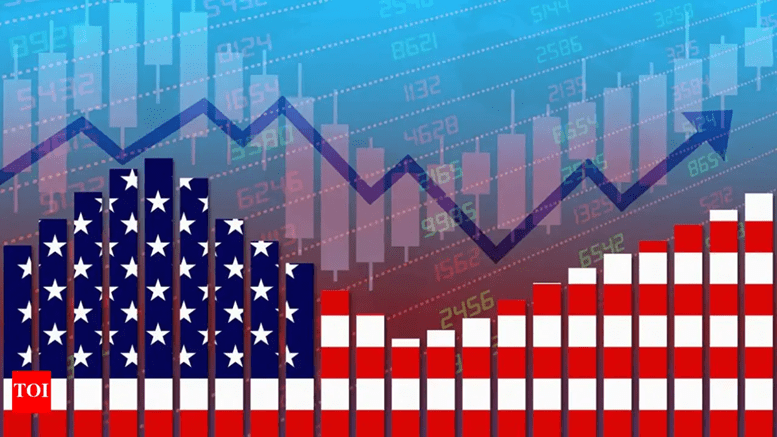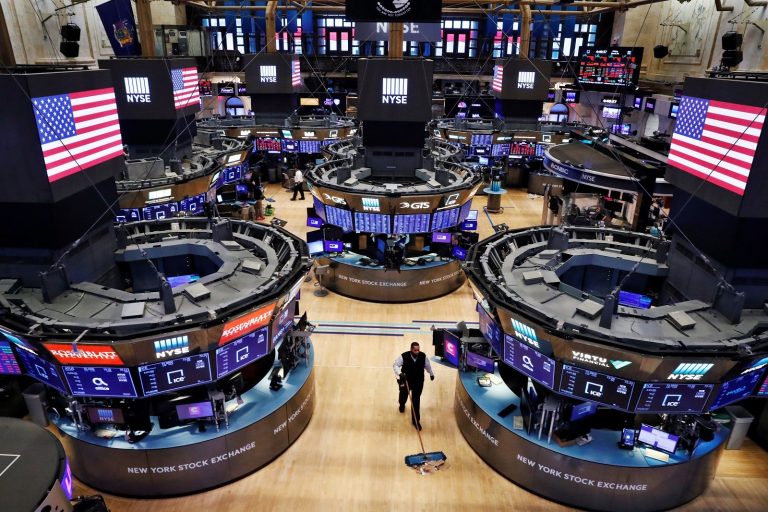The U.S. banking sector is demonstrating resilience in 2025, with major banks passing Federal Reserve stress tests, boosting investor confidence. Meanwhile, President Trump’s tax-cut and spending bill, passed in Congress, promises to reshape the financial landscape but raises concerns about deficits. Here’s a detailed look at the banking sector’s performance and the tax bill’s implications for investors.
Banking Sector Resilience
Major U.S. banks, including Goldman Sachs (up 2.7%), Wells Fargo (up 2.4%), and Bank of America (up 1.2%), saw premarket gains after passing the Federal Reserve’s 2025 stress tests. These tests confirm the sector’s ability to withstand economic shocks, even amid tariff uncertainties. The Federal Reserve also proposed changes to ease regulations for large banks, potentially facilitating acquisitions and growth. This has fueled optimism, with sectoral funds seeing $1.28 billion in net purchases for the second consecutive week.
Trump’s Tax-Cut and Spending Bill
Trump’s “One Big Beautiful Bill Act,” passed in Congress, blends tax cuts with spending priorities, adding $3.3 trillion to the national deficit over a decade. The bill reduces tax revenues by $4.5 trillion but includes business-friendly measures, such as full expensing for equipment and R&D costs. While Trump highlights the tax cuts, critics note cuts to Medicaid and other social programs, which could impact 10.9 million people. The bill’s passage has bolstered Trump’s confidence in pushing tariffs, as he views it as a fiscal offset.
Market Implications
Despite tariff threats, U.S. equity funds saw reduced inflows of $2.1 billion in the week through July 9, 2025, reflecting caution. Large-cap, mid-cap, and small-cap funds faced outflows, but AI-driven sectors continued to attract investment. The bond market’s reaction to the tax bill has been muted, as deficits were anticipated, but rising 10-year Treasury yields signal investor concerns. Analysts warn that the bill’s long-term impact could strain fiscal health, potentially affecting banking sector stability if debt pressures mount.
Federal Reserve’s Role
The Federal Reserve is under scrutiny as Trump pressures it to lower interest rates, despite inflation risks from tariffs. Economists warn that a Trump-aligned Fed chair could disrupt long-term economic policy, potentially destabilizing markets. The Fed’s recent regulatory tweaks for banks suggest a balancing act between growth and oversight, which could influence lending and investment trends.
What Investors Should Watch
Investors should monitor banking sector performance, as stress test results signal stability, but tariff-driven inflation could raise borrowing costs. The tax bill’s business incentives may boost corporate earnings, but rising deficits could pressure bond yields and market sentiment. Keeping an eye on Federal Reserve rate decisions and global trade developments will be crucial.
Conclusion
The U.S. banking sector remains a bright spot in 2025, supported by strong stress test results and regulatory easing. However, Trump’s tax bill introduces both opportunities and risks, with deficits and tariffs shaping the financial landscape. Investors must stay vigilant as these dynamics unfold.
U.S. Banking Sector Strength and Trump’s Tax Bill: What Investors Need to Know












Leave a Reply